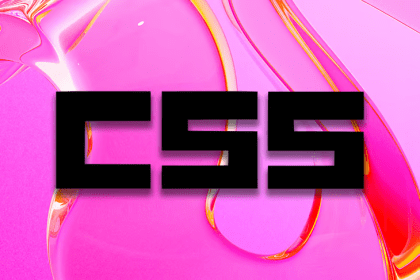
This article explores the basic elements of responsive typography, including concepts like media queries, fluid typography, and more.

Use Remotion’s new Studio, which adds powerful new features to render videos faster and lets you make changes programmatically in a great UI.

When combined, MUI and Next.js simplify building performant applications and ensuring fast server-side rendering.

Let’s explore how to use Cody, an AI-powered code editing assistant designed to help developers build better and more efficient software.

Build AI-powered applications using LangChainJS, the JavaScript library that makes it easy to interact with large language models.

Learn how Node.js compares to Laravel Octane in this detailed post with comparison code snippets, performance benchmarks, and more.

Learn about four of the best React Native headless UI component libraries, how they interop with Expo, and how they compare to each other.

react-arborist to create tree components for ReactThe react-arborist library organizes hierarchical data in an aesthetic, tree-like structure that users can easily understand and navigate.

We sit down with Rich Lau to learn more about his “getting stuff done” management approach and his tips for providing customer context.

We explore the benefits of Valibot, a new JavaScript schema declaration and validation library, and show how to use it to validate a form.
Learn how to build CSS sprite generators, helpful tools for quickly and efficiently uploading and using multiple images on your webpage.

Efficiency and productivity are critical in modern web development. That’s why Next.js introduced the Hot Module Replacement (HMR) mechanism, more […]